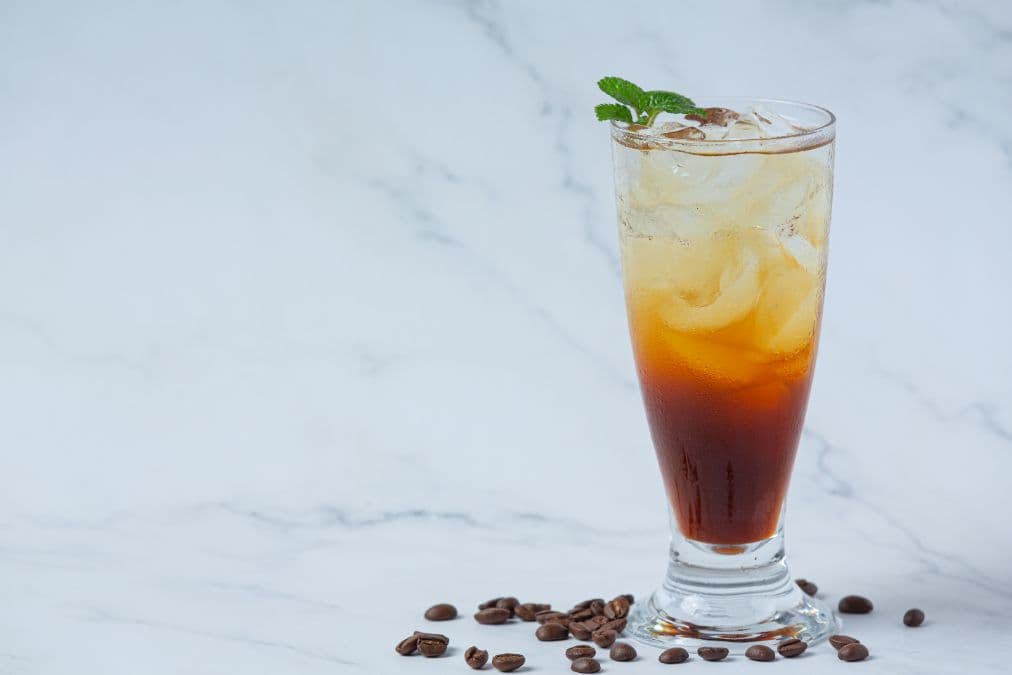A Coffee Liqueur Recipe To Recreate At Home Using Clever Tips
Coffee entered the cocktail space as bartenders explored new ways to introduce bitterness, depth, and complexity into spirit-forward formats. Initially used as fresh espresso, cold brew, or coffee concentrate, it offered a contrast to sweet, creamy, or neutral bases. The acidity, aroma, as well as body of coffee allowed it to function both as a flavour builder and as a texture modifier, particularly in shaken formats or layered builds.
Cold brew, in particular, became favoured for its clarity and low acidity, which preserved the balance in citrus-forward cocktails without disrupting structural integrity. In contrast, coffee liqueurs represent a stable, integrated format that merges sweetness, spirit, and roast character into one consistent ingredient. These liqueurs support emulsification, allow for precise dilution, and maintain texture over time. Unlike brewed coffee, they do not require last-minute preparation or risk oxidation, and their syrupy viscosity ensures robust flavours. Coffee liqueurs also stabilise high-fat or cream components, making them ideal for dessert or after-dinner cocktails. Get to know how to make coffee liqueur at home!
Coffee Liqueur Recipe To Try At Home
Ingredients (Serves 6-12)
- 100 ml Smirnoff Vodka (or any other vodka of choice)
- 4.3 g instant coffee
- 80 g sugar
- 64 ml water
- 1.5 cm vanilla bean, split lengthwise

Method
- Place the sugar and water in a saucepan.
- Simmer gently while stirring until the mixture forms a clear syrup.
- Add the split vanilla bean and instant coffee.
- Continue to simmer briefly, ensuring the coffee is fully dissolved.
- Remove from the stove and allow the syrup to cool completely.
- Once cooled, discard the vanilla bean and stir in the vodka.
- Transfer the liquid into a sterilised glass bottle.
- Seal tightly and store in a dark and low-temperature location for at least seven days to allow the flavours to integrate properly.
5 Tips To Make Coffee Liqueur Recipe At Home For Flavourful
- Using fine or caster sugar ensures rapid dissolution in water, reducing agitation time and preserving the neutral clarity of the base syrup. It prevents overcooking and aids in consistent texture.
- Use stainless steel or non-reactive pans to avoid metallic interference. Aluminium can react with acidic coffee compounds, subtly distorting the intended roast profile.
- After brewing the syrup, pass the liquid through a fine-mesh sieve or muslin cloth. This removes insoluble particles, resulting in a more stable final product with improved visual clarity.
- Maintaining correct proportionality between vodka and syrup prevents excessive dilution. A consistent ratio controls sweetness, viscosity, and overall finish.
- Light exposure reduces aromatic stability over time. Use amber or dark glass containers to limit degradation and preserve flavour.
*Drink Responsibly. This communication is for audiences above the age of 25.




